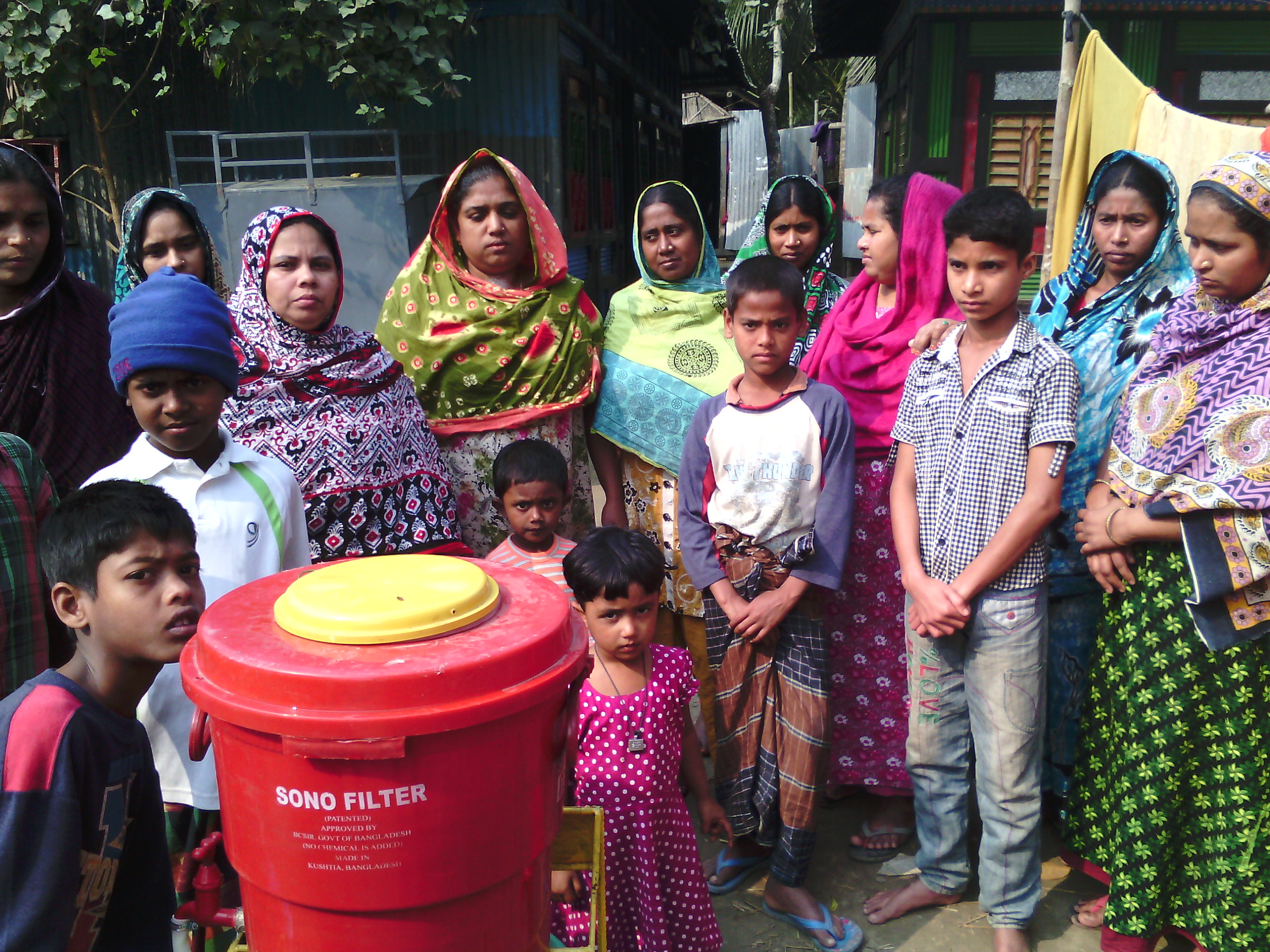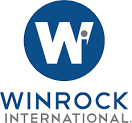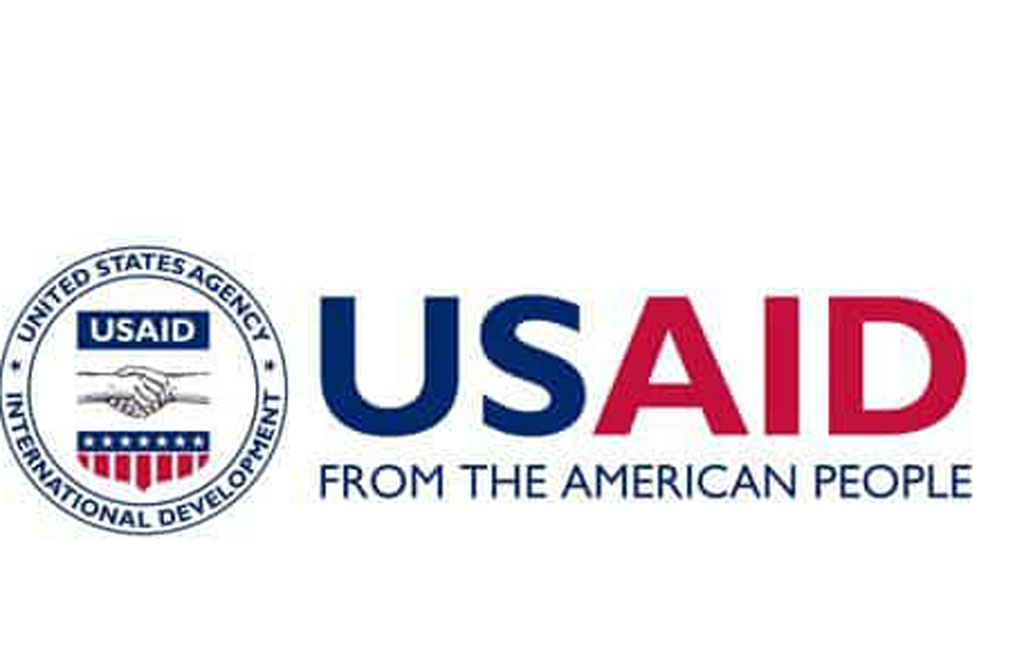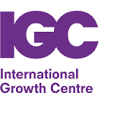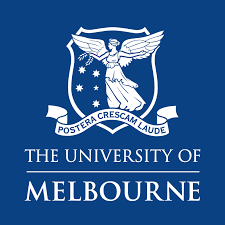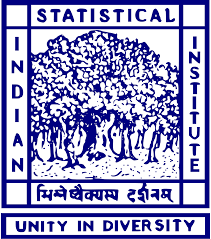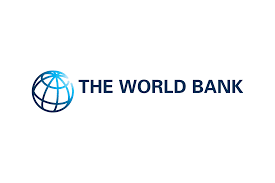Project title: Labor supply and productivity in times of environmental shocks: the case of arsenic contamination in Bangladesh
Contact person and organization: Professor Klaus F. Zimmermann, IZA, Bonn, Germany
Project timeline: 2014 – 2016
Project description:
Unsafe level of arsenic contamination in drinking water is a global phenomenon. However, Bangladesh ranks first in order of magnitudes among the four major arsenic calamities reported so far. Tube wells (TWs) provided freely by UNICEF for drinking water starting from 1970s got contaminated due to naturally-occurring arsenic in ground water. Contamination affected 59 of 64 districts of Bangladesh: between 30% and 45% of the total population were exposed to arsenic contamination.
In this research project, the primary objective was to pilot few plausible interventions through a randomized controlled trial to find out their relative effectiveness in inducing switching to safe TWs or to a water filter that removes arsenic from contaminated TW water. If one of them (interventions) is found effective, it holds the promise to scale them out to a larger population through the non-government organizations involved in some of the interventions. The primary government body responsible for drinking water in Bangladesh, the Department of Public Health and Engineering (DPHE) is also well briefed on the project.
Research design and data collection:
The RCT was conducted in 150 villages in four districts that have one of the highest levels of arsenic contamination in TW water in the country. Baseline data was collected from 4,500 households and 21,940 of their members on a number of aspects including their income, demographic information, assets, expenditures, credit, and water and sanitation, among others. In all 150 villages, geocoding of all 4,500 households, household and community surveys to collect baseline information, geocoding and testing of all TWs for their level of arsenic were conducted. In all villages, TW labelling (safe or unsafe) preceded all other interventions.
Due to the research project, over 9,000 TWs were tested and labelled. In addition, the project involved arsenic awareness campaign to 3,000 households that should have directly benefited them and their 14,627 members. The project also promoted a water purification filter, Sonno filter, which is locally manufactured and produced. However, it is not widely available primarily due to lack of information on demand for such a filter.
Results and policy lessons
The result is private to the client.
1. Survey Name: Follow-up survey-2016
Survey Details:
Survey districts:
• In 4 upazilas of Netrakona district
• In 2 upazilas of Chandpur district
• In 3 upazilas of Gopalganj district
• In 2 upazilas of Sunamganj district
Survey sample:
• Household survey sample -4500
2. Survey Name: Cognitive test study-2015
Survey Details:
Survey districts:
• In 4 upazilas of Netrakona district
• In 2 upazilas of Chandpur district
• In 3 upazilas of Gopalganj district
• In 2 upazilas of Sunamganj district
Survey sample:
• Cognitive survey- 4500
• Experimental survey sample- 4500
3. Survey Name: Intervention-2015-17
Survey Details:
Survey districts:
• In 4 upazilas of Netrakona district
• In 2 upazilas of Chandpur district
• In 3 upazilas of Gopalganj district
• In 2 upazilas of Sunamganj district
Survey sample:
• Household sample-4500
• Arsenic test Tubewell sample- 9186
• Tube-well labeling- 9186
• SONO Filter sell in household-3000
• Education/Awareness target 150 villages
4. Survey Name: Cognitive test study and Hair test survey -2014
Survey Details:
Survey districts:
- In 4 upazilas of Netrakona district
- In 2 upazilas of Chandpur district
- In 3 upazilas of Gopalganj district
- In 2 upazilas of Sunamganj district
Survey sample:
• Cognitive survey- 4500
• Hair test sample- 4500
5. Survey Name: Baseline survey and Tube-well screening-2014
Survey Details:
Survey districts:
• In 4 upazilas of Netrakona district
• In 2 upazilas of Chandpur district
• In 3 upazilas of Gopalganj district
• In 2 upazilas of Sunamganj district
Survey sample:
• Household census sample- 44643
• Household survey sample- 4500
• Tube-well census and screening- 19186

